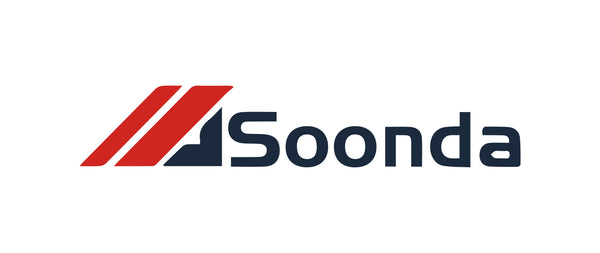What to Know About Laser Engraving for Different Material Types
Share
If you’re in the market for a laser engraver, chances are you’ve come across the brands Ortur, Aufero, and DAJA. These three brands are known for their high-quality and reliable laser engraving machines. But before you dive into purchasing one of these machines, it’s important to understand the different types of materials that can be engraved with a laser. In this article, we’ll discuss what you need to know about laser engraving for different material types.
The Basics of Laser Engraving
Laser engraving is a process that uses a laser beam to remove material from the surface of an object, creating a design or pattern. The laser beam is controlled by a computer, allowing for precise and intricate designs to be created. Laser engraving is a popular method for personalizing items, creating signage, and adding designs to various materials.
What Materials Can Be Laser Engraved?
One of the main benefits of laser engraving is its versatility. It can be used to engrave a wide range of materials, including:
- Wood
- Plastic
- Acrylic
- Glass
- Leather
- Metal
- Paper
- And more
Each material has its own unique qualities and requires specific settings for laser engraving. Let’s take a closer look at some of the most commonly used materials for laser engraving.
Wood
Wood is a popular material for laser engraving because it is easy to work with and produces great results. Different types of wood, such as plywood, MDF, and solid wood, will require different settings for laser engraving. It’s important to choose the right wood for your project and adjust the settings accordingly to achieve the desired results.
Plastic
Plastic is another commonly used material for laser engraving. It is lightweight, durable, and comes in a variety of colors. However, not all plastics are suitable for laser engraving. Some plastics, such as PVC, can release toxic fumes when engraved. It’s important to research the type of plastic you are using and make sure it is safe for laser engraving.
Acrylic
Acrylic is a popular choice for laser engraving because it produces high-quality and precise engravings. It’s available in a range of colors and thicknesses, making it a versatile material for a variety of projects. However, acrylic can also release toxic fumes when engraved, so it’s important to take proper safety precautions.
Glass
Glass is a beautiful material for laser engraving, but it can be a bit trickier to work with. The laser needs to be set at a lower power to avoid shattering the glass. Additionally, glass needs to be coated with a special spray or film to create a contrast for the laser to engrave on.
Leather
Leather is another popular material for laser engraving, especially for personalized items like wallets, belts, and keychains. Different types of leather will require different laser settings for the best results. Thinner leather may require a lower power setting to avoid burning, while thicker leather may need a higher power setting for a deeper engraving.
Metal
Laser engraving on metal is possible, but it requires a specialized laser engraver that uses a different type of laser beam. This process is called laser marking and is often used for creating serial numbers, barcodes, and other permanent markings on metal objects.
Paper
Paper is a more delicate material for laser engraving, but it can produce beautiful results. However, the laser needs to be set at a low power to avoid burning or cutting through the paper. Thicker papers, such as cardstock or chipboard, may require a higher power setting.
Factors to Consider for Laser Engraving Different Materials
When laser engraving different materials, there are a few key factors to consider:
- Material type: As we’ve discussed, different materials will require different laser settings for the best results.
- Thickness: Thicker materials may require a higher power setting, while thinner materials may require a lower power setting.
- Color: Darker colored materials will typically engrave better than lighter colored materials.
- Coating: Some materials, like glass, acrylic, and metal, may require a special coating to achieve the desired results.
- Safety: It’s important to take proper safety precautions when laser engraving, especially with materials that may release toxic fumes.
Final Thoughts
Laser engraving is a versatile and popular method for personalizing and adding designs to various materials. By understanding the different types of materials that can be laser engraved and the factors to consider, you can achieve the best results for your projects. And with brands like Ortur, Aufero, and DAJA, you can trust in the quality and reliability of your laser engraving machine.
